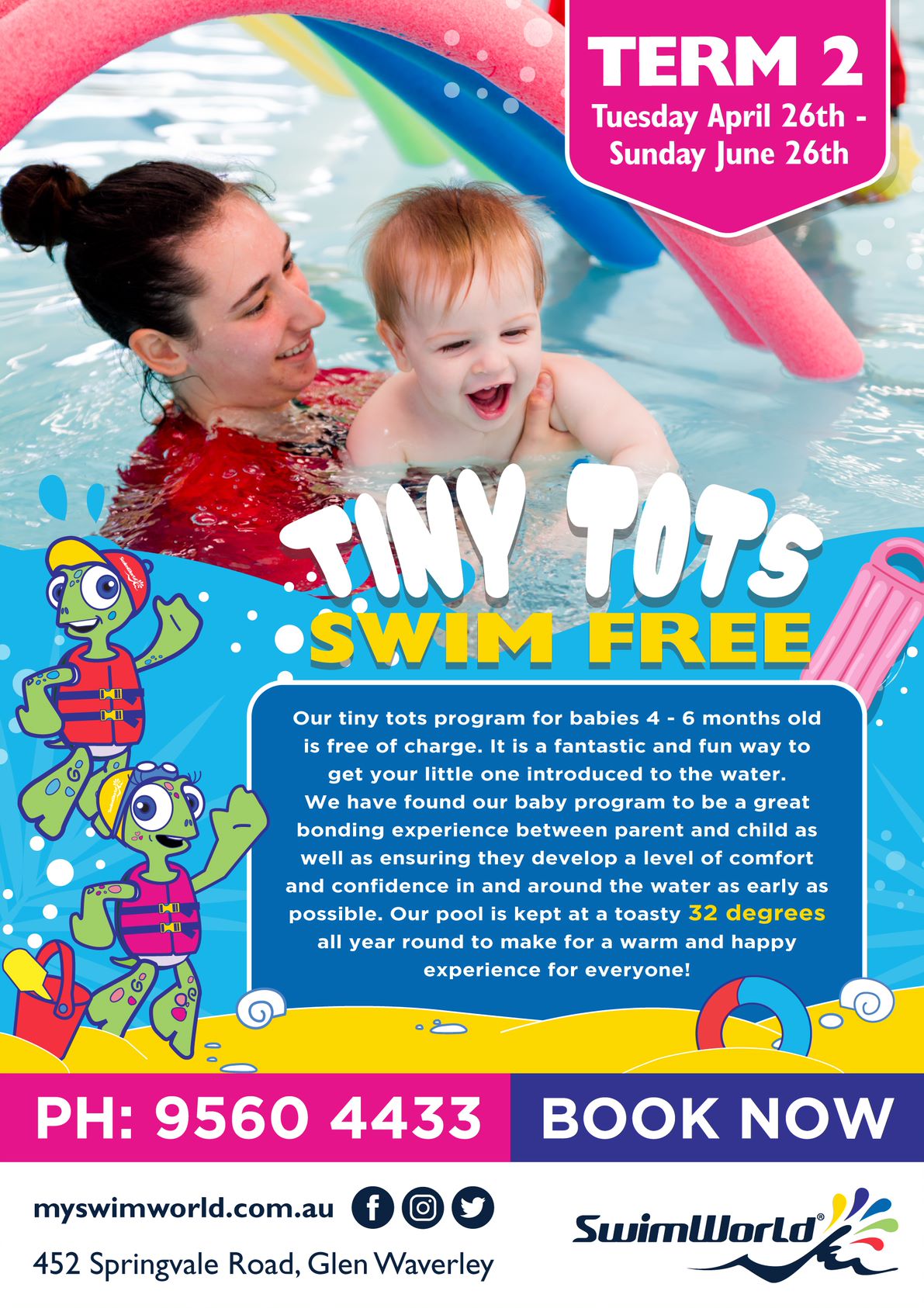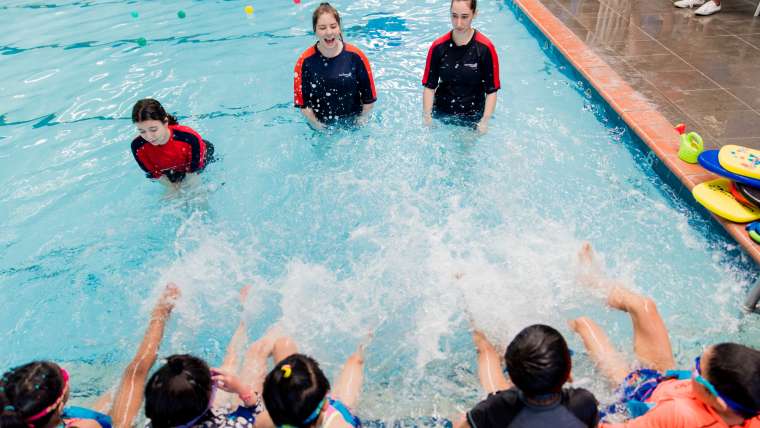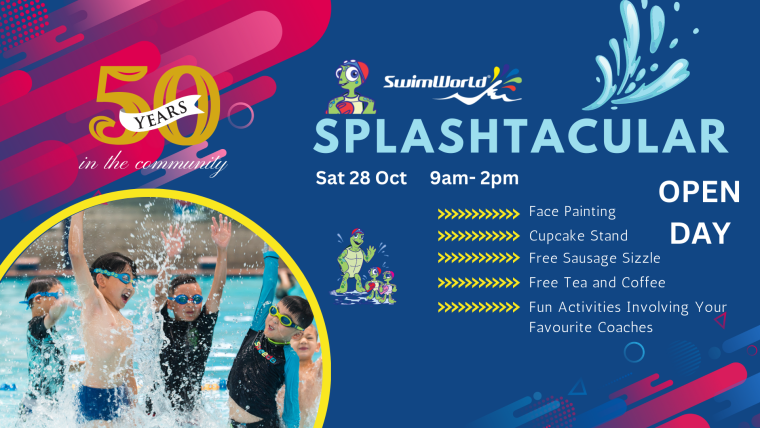
The Time is NOW for Tiny Tots to enrol for T2 Swimming
Tiny Tots Swim Free!
We know parents might worry about swimming during the transeasonal Autumn weather- as a family-owned business, we experienced the same lines of questions ourselves when deciding if there were benefits to our own children swimming in the cool period- and our extensive research found there was.
Below is a summary of some interesting academically backed proof (we will share more with you over the next few weeks).
- A study published in Medical News Today from a study conducted by the Norwegian University of Science and Technology (NTNU) proved that baby swimmers have better balance and are better at grasping things than non-swimmers. This difference persisted even when children were older – with five-year-olds outperforming their peers.
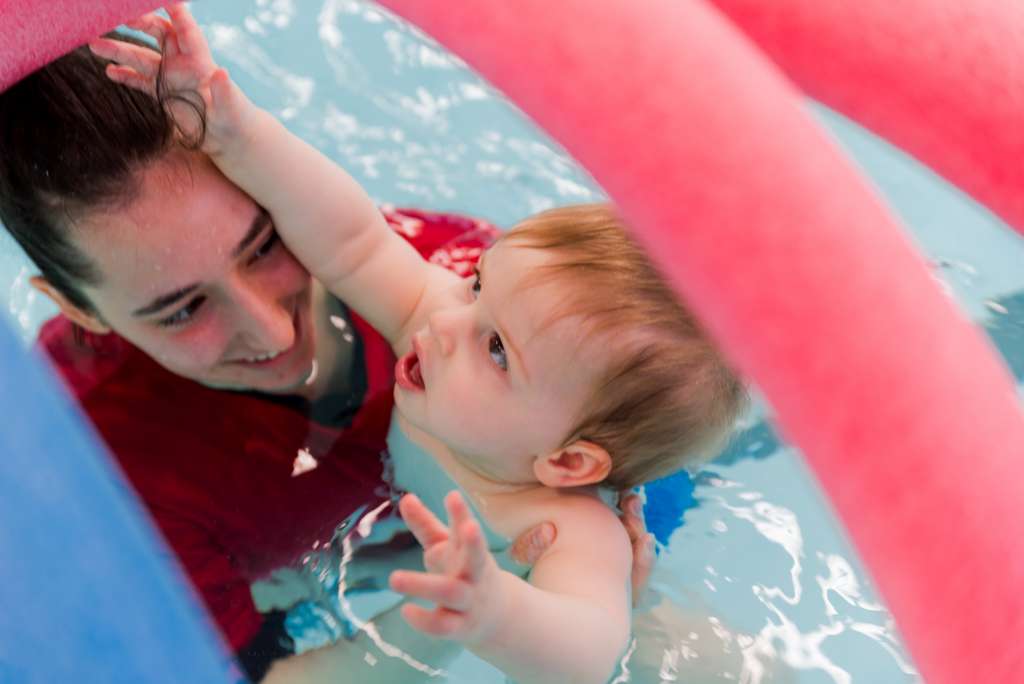
- Scientific studies at the German Sports College Cologne have shown that early year-round swimming lessons for young children accelerated their development physically, intellectually and emotionally. As compared with a control group that did not take year-round lessons, the children who swam consistently from infancy were significantly stronger and more coordinated. The children scored higher for intelligence and problem solving, which carried over into excellence in academic achievement. Emotionally, they were found to have more self-discipline, greater self-control and an increased desire to succeed. They rated higher in self-esteem and were more independent and comfortable in social situations than the control groups
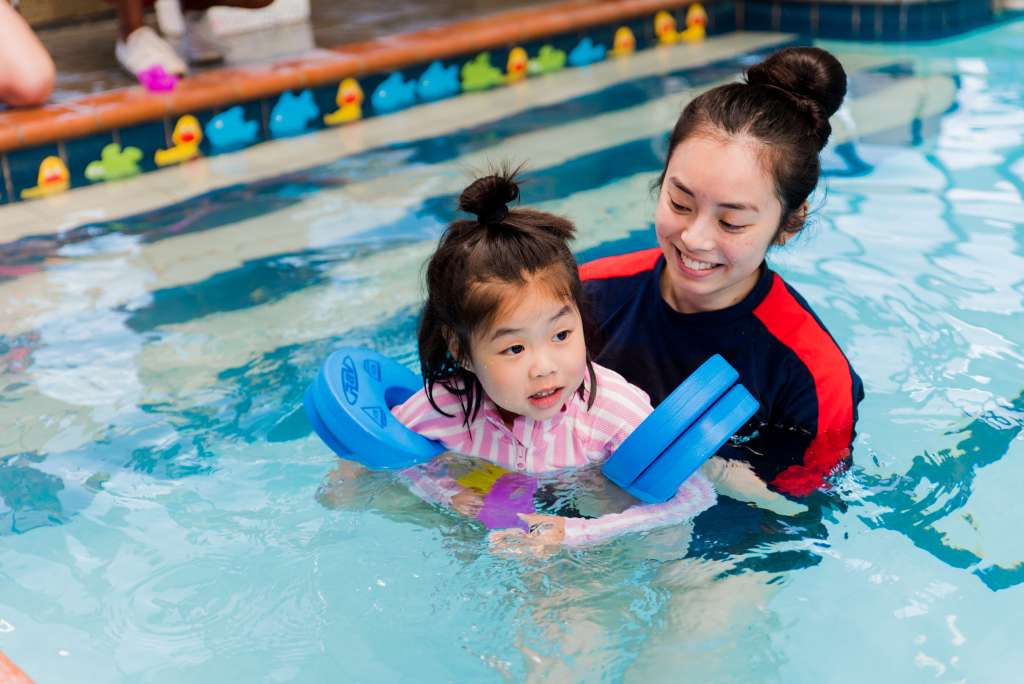
- Fascinating new research reports that a baby’s brain develops through bilateral cross patterning movements like swimming, crawling, and walking. The more cross patterning movements, the more nerve fibres develop in the brain. The corpus callosum facilitates communication, feedback, and modulation from one side of the brain to the other. Cross patterning movements like swimming activate both cerebral hemispheres and all 4 lobes of the brain simultaneously, which can result in heightened cognition and increased ease of learning. Good communication in the cerebral hemispheres leads to overall efficiency in brain processes, while poor interaction slows down language development and academic learning.
